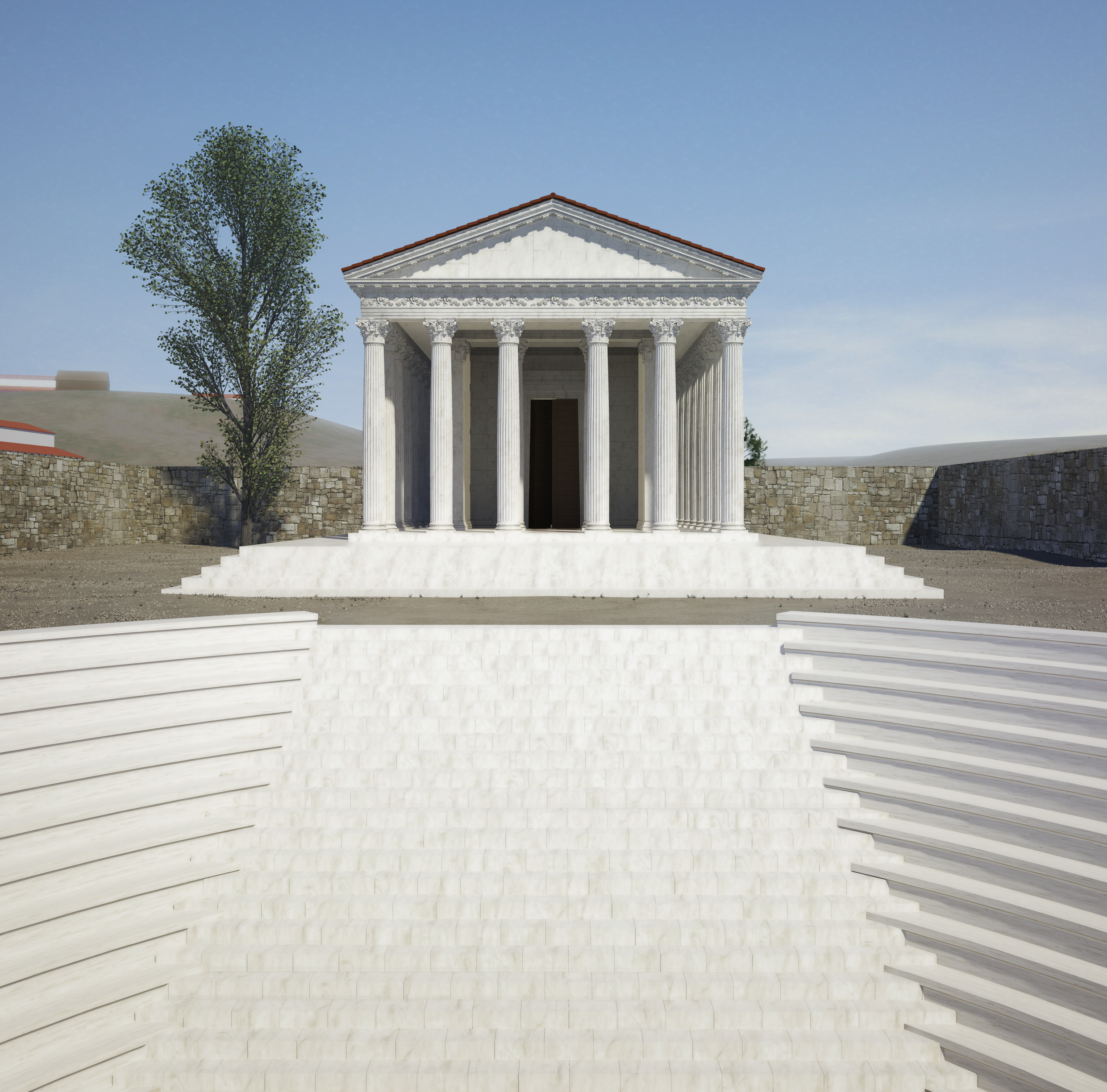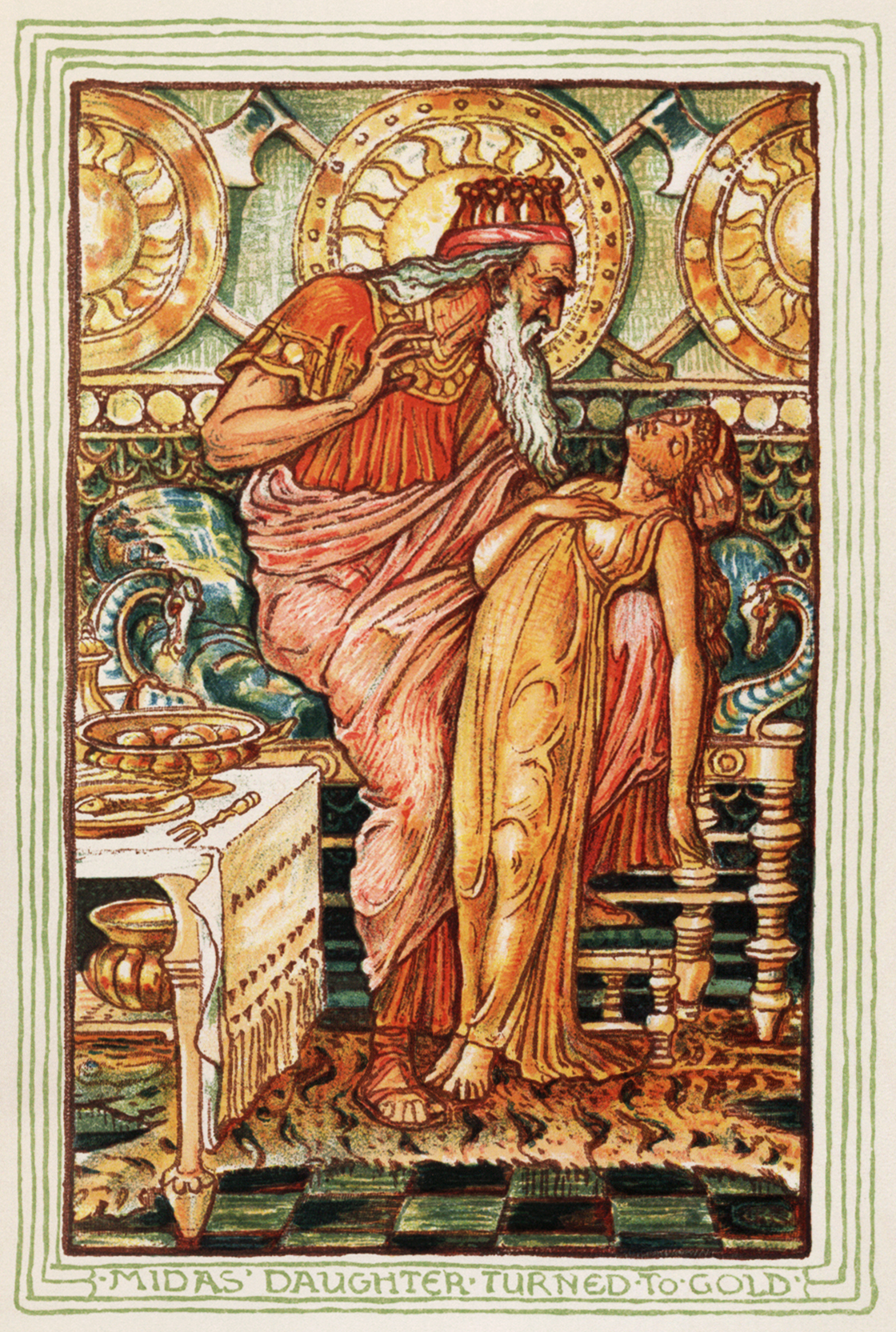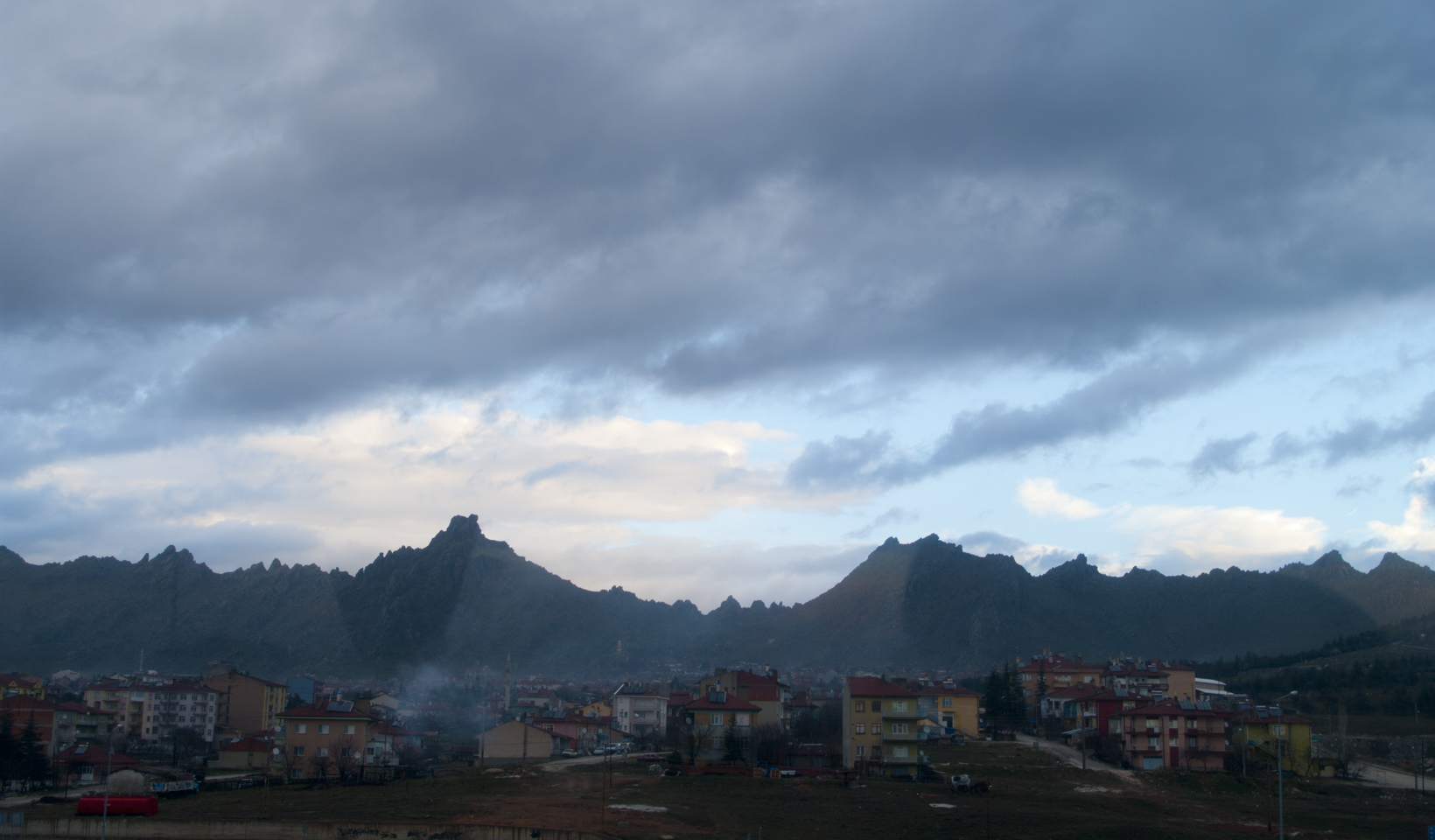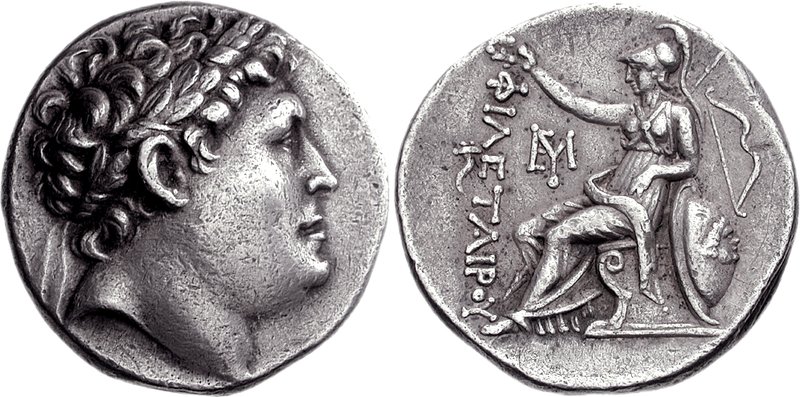|
Pessinus
Pessinus ( el, Πεσσινούς or Πισσινούς) was an Ancient city and archbishopric in Asia Minor, a geographical area roughly covering modern Anatolia (Asian Turkey). The site of the city is now the modern Turkish village of Ballıhisar, in a tributary valley of the Sakarya River on the high Anatolian plateau at 950 m above sea level, 13 km from the small town of Sivrihisar. Pessinus remains a Catholic (formerly double) titular see. Description The temple area As yet, the temple area, which was excavated between 1967 and 1972, is the only well-studied area of Pessinus. It was studied thoroughly by M. Waelkens (current director of Sagalassos excavations) in the 1980s and between 2006 and 2012 by Verlinde (Ghent University), who built on the findings of the former to analyze and reconstruct the architecture of the Corinthian peripteral temple, of which only the massive foundations remain. Investigations led to several observations, such as the Tiberian da ... [...More Info...] [...Related Items...] OR: [Wikipedia] [Google] [Baidu] |
Cybele
Cybele ( ; Phrygian: ''Matar Kubileya/Kubeleya'' "Kubileya/Kubeleya Mother", perhaps "Mountain Mother"; Lydian ''Kuvava''; el, Κυβέλη ''Kybele'', ''Kybebe'', ''Kybelis'') is an Anatolian mother goddess; she may have a possible forerunner in the earliest neolithic at Çatalhöyük, where statues of plump women, sometimes sitting, accompanied by lionesses, have been found in excavations. Phrygia's only known goddess, she was probably its national deity. Greek colonists in Asia Minor adopted and adapted her Phrygian cult and spread it to mainland Greece and to the more distant Magna Graeca, western Greek colonies around the 6th century BC. In Ancient Greece , Greece, Cybele met with a mixed reception. She became partially assimilated to aspects of the Earth-goddess Gaia (mythology) , Gaia, of her possibly Minoan civilization , Minoan equivalent Rhea (mythology) , Rhea, and of the harvest–mother goddess Demeter. Some city-states, notably Athens, evoked her as a pro ... [...More Info...] [...Related Items...] OR: [Wikipedia] [Google] [Baidu] |
Magna Mater
Cybele ( ; Phrygian: ''Matar Kubileya/Kubeleya'' "Kubileya/Kubeleya Mother", perhaps "Mountain Mother"; Lydian ''Kuvava''; el, Κυβέλη ''Kybele'', ''Kybebe'', ''Kybelis'') is an Anatolian mother goddess; she may have a possible forerunner in the earliest neolithic at Çatalhöyük, where statues of plump women, sometimes sitting, accompanied by lionesses, have been found in excavations. Phrygia's only known goddess, she was probably its national deity. Greek colonists in Asia Minor adopted and adapted her Phrygian cult and spread it to mainland Greece and to the more distant western Greek colonies around the 6th century BC. In Greece, Cybele met with a mixed reception. She became partially assimilated to aspects of the Earth-goddess Gaia, of her possibly Minoan equivalent Rhea, and of the harvest–mother goddess Demeter. Some city-states, notably Athens, evoked her as a protector, but her most celebrated Greek rites and processions show her as an essentially for ... [...More Info...] [...Related Items...] OR: [Wikipedia] [Google] [Baidu] |
Galli
A ''gallus'' (pl. ''galli'') was a eunuch priest of the Phrygian goddess Cybele (Magna Mater in Rome) and her consort Attis, whose worship was incorporated into the state religious practices of ancient Rome. Origins Cybele's cult may have originated in Mesopotamia, arriving in Greece around 300 BCE. It originally kept its sacred symbol, a black meteorite, in a temple called the Megalesion in Pessinus in modern Turkey. The earliest surviving references to the galli come from the ''Greek Anthology'', a 10th-century compilation of earlier material, where several epigrams mention or clearly allude to their castrated state. Stephanus Byzantinus (6th century CE) said the name came from King Gallus, while Ovid (43 BC – 17 CE) said it derived from the Gallus river in Phrygia. The same word (''gallus'' singular, ''galli'' plural) was used by the Romans to refer to Celts and to roosters, and the latter especially was a source of puns. Arrival in Rome The cult of Magna Mater arrive ... [...More Info...] [...Related Items...] OR: [Wikipedia] [Google] [Baidu] |
Phrygia
In classical antiquity, Phrygia ( ; grc, Φρυγία, ''Phrygía'' ) was a kingdom in the west central part of Anatolia, in what is now Asian Turkey, centered on the Sangarios River. After its conquest, it became a region of the great empires of the time. Stories of the heroic age of Greek mythology tell of several legendary Phrygian kings: * Gordias, whose Gordian Knot would later be cut by Alexander the Great * Midas, who turned whatever he touched to gold * Mygdon, who warred with the Amazons According to Homer's ''Iliad'', the Phrygians participated in the Trojan War as close allies of the Trojans, fighting against the Achaeans. Phrygian power reached its peak in the late 8th century BC under another, historical, king Midas, who dominated most of western and central Anatolia and rivaled Assyria and Urartu for power in eastern Anatolia. This later Midas was, however, also the last independent king of Phrygia before Cimmerians sacked the Phrygian capital, Go ... [...More Info...] [...Related Items...] OR: [Wikipedia] [Google] [Baidu] |
Midas
Midas (; grc-gre, Μίδας) was the name of a king in Phrygia with whom several myths became associated, as well as two later members of the Phrygian royal house. The most famous King Midas is popularly remembered in Greek mythology for his ability to turn everything he touched into gold. This came to be called the ''golden touch'', or the ''Midas touch''. The legends told about this Midas and his father Gordias, credited with founding the Phrygian capital city Gordium and tying the Gordian Knot, indicate that they were believed to have lived sometime in the 2nd millennium BC, well before the Trojan War. However, Homer does not mention Midas or Gordias, while instead mentioning two other Phrygian kings, Mygdon and Otreus. The Phrygian city Midaeum was presumably named after him, and this is probably also the Midas that according to Pausanias founded Ancyra (today known as Ankara). Another King Midas ruled Phrygia in the late 8th century BC. Most historians believe this M ... [...More Info...] [...Related Items...] OR: [Wikipedia] [Google] [Baidu] |
Gordium
Gordion ( Phrygian: ; el, Γόρδιον, translit=Górdion; tr, Gordion or ; la, Gordium) was the capital city of ancient Phrygia. It was located at the site of modern Yassıhüyük, about southwest of Ankara (capital of Turkey), in the immediate vicinity of Polatlı district. Gordion's location at the confluence of the Sakarya and Porsuk rivers gave it a strategic location with control over fertile land. Gordion lies where the ancient road between Lydia and Assyria/Babylonia crossed the Sangarius river. Occupation at the site is attested from the Early Bronze Age (c. 2300 BCE) continuously until the 4th century CE and again in the 13th and 14th centuries CE. The Citadel Mound at Gordion is approximately 13.5 hectares in size, and at its height habitation extended beyond this in an area approximately 100 hectares in size. Gordion is the type site of Phrygian civilization, and its well-preserved destruction level of c. 800 BCE is a chronological linchpin in the region. Th ... [...More Info...] [...Related Items...] OR: [Wikipedia] [Google] [Baidu] |
Tolistobogii
Tolistobogii (in other sources Tolistobogioi, Tolistobōgioi, Tolistoboioi, Tolistobioi, Toligistobogioi or Tolistoagioi) is the name used by the Roman historian, Livy, for one of the three ancient Gallic tribes of Galatia in central Asia Minor, together with the Trocmi and Tectosages. The tribe entered Anatolia in 279 BC as a contingent of Celtic raiders from the Danube region, and settled in those regions of Phrygia which would later become part of the Roman province of Galatia. The Galatians retained their Celtic language through the 4th century AD, when Saint Jerome mentions that the Galatians still spoke a Celtic language in his times. Etymology and identity The name is believed to be a ''karmadhāraya'' compound of two Proto-Celtic roots: the first, ''*tolisto-'', is of uncertain meaning, but perhaps related to Old Irish ''tol'' "will, desire"; Ludwig Rübekeil conjectures it to be an adjectival derivation from a Celtic root ''*tel-'' in an archaic and not well-attested fo ... [...More Info...] [...Related Items...] OR: [Wikipedia] [Google] [Baidu] |
King Midas
Midas (; grc-gre, Μίδας) was the name of a king in Phrygia with whom several myths became associated, as well as two later members of the Phrygian royal house. The most famous King Midas is popularly remembered in Greek mythology for his ability to turn everything he touched into gold. This came to be called the ''golden touch'', or the ''Midas touch''. The legends told about this Midas and his father Gordias, credited with founding the Phrygian capital city Gordium and tying the Gordian Knot, indicate that they were believed to have lived sometime in the 2nd millennium BC, well before the Trojan War. However, Homer does not mention Midas or Gordias, while instead mentioning two other Phrygian kings, Mygdon and Otreus. The Phrygian city Midaeum was presumably named after him, and this is probably also the Midas that according to Pausanias founded Ancyra (today known as Ankara). Another King Midas ruled Phrygia in the late 8th century BC. Most historians believe this Mi ... [...More Info...] [...Related Items...] OR: [Wikipedia] [Google] [Baidu] |
Sivrihisar
Sivrihisar ( tr, Sivrihisar, "a pointed castle") is a town and district of Eskişehir Province in the Central Anatolia Region of Turkey. According to 2010 census, population of the district is 23 488 of which 9,817 live in the town of Sivrihisar. The district covers an area of , and the average elevation is . Location The town of Sivrihisar lies north of the historical site of Pessinus, at the foot of a high double-peaked ridge of granite, which bears the ruins of a Byzantine castle, and gives the town its name (''sivri'' "sharp, pointed", ''hisar'' "fortress, castle"). It is located at the intersection of the E-90 and E-96 routes. Economy As of 1920, Sivrihisar was producing knitting clothing. Notable natives *Moushegh Ishkhan an Armenian genocide survivor, poet, writer and educator. *Nasreddin Hoca was born in Hortu village of Sivrihisar. *Yunus Emre was born in Sivrihisar. See also *Monument of Sivrihisar Airplane *Sivrihisar Grand Mosque *Sivrihisar Aviation Center Sivr ... [...More Info...] [...Related Items...] OR: [Wikipedia] [Google] [Baidu] |
Pergamum
Pergamon or Pergamum ( or ; grc-gre, Πέργαμον), also referred to by its modern Greek form Pergamos (), was a rich and powerful ancient Greek city in Mysia. It is located from the modern coastline of the Aegean Sea on a promontory on the north side of the river Caicus (modern-day Bakırçay) and northwest of the modern city of Bergama, Turkey. During the Hellenistic period, it became the capital of the Kingdom of Pergamon in 281–133 BC under the Attalid dynasty, who transformed it into one of the major cultural centres of the Greek world. Many remains of its monuments can still be seen and especially the masterpiece of the Pergamon Altar. Pergamon was the northernmost of the seven churches of Asia cited in the New Testament Book of Revelation. The city is centered on a mesa of andesite, which formed its acropolis. This mesa falls away sharply on the north, west, and east sides, but three natural terraces on the south side provide a route up to the top. To the w ... [...More Info...] [...Related Items...] OR: [Wikipedia] [Google] [Baidu] |
Attalus I
Attalus I ( grc, Ἄτταλος Α΄), surnamed ''Soter'' ( el, , "Savior"; 269–197 BC) ruled Pergamon, an Ionian Greek polis (what is now Bergama, Turkey), first as dynast, later as king, from 241 BC to 197 BC. He was the first cousin once removed and the adopted son of Eumenes I, whom he succeeded, and was the first of the Attalid dynasty to assume the title of king in 238 BC. He was the son of Attalus and his wife Antiochis. Attalus won Battle of the Caecus River, an important victory over the Galatians, newly arrived Celtic tribes from Thrace, who had been, for more than a generation, plundering and exacting tribute throughout most of Asia Minor without any serious check. This victory, celebrated by the triumphal monument at Pergamon (famous for its ''Dying Gaul'') and the liberation from the Gallic "terror" which it represented, earned for Attalus the name of "Soter", and the title of "basileus, king". A courageous and capable general and loyal ally of ... [...More Info...] [...Related Items...] OR: [Wikipedia] [Google] [Baidu] |
Mount Ida (Turkey)
Mount Ida ( tr, Kazdağı, links=no, pronounced , meaning "Goose Mountain", ''Kaz Dağları,'' or ''Karataş Tepesi'') is a mountain in northwestern Turkey, some southeast of the ruins of Troy, along the north coast of the Edremit Gulf. The name Mount Ida is the ancient one. It is between Balıkesir Province and Çanakkale Province. Geography Mount Ida is a lightly populated upland massif of about 700 km2 located to the north of Edremit. A number of small villages in the region are connected by paths. Drainage is mainly to the south, into the , also known as Edremit Bay, where the coast is rugged and is known as "the Olive Riviera." However, the Karamenderes River (the ancient Scamander) flows from the other side of Mount Ida to the west. Its valley under Kaz Dağları has been called "the Vale of Troy" by English speakers. Currently a modest 2.4 km2 of Mount Ida are protected by Kaz Dağı National Park, created in 1993. The summit is windswept and bare with a ... [...More Info...] [...Related Items...] OR: [Wikipedia] [Google] [Baidu] |








.jpg)

_-_Turkey_-_10_(5747249729).jpg)
